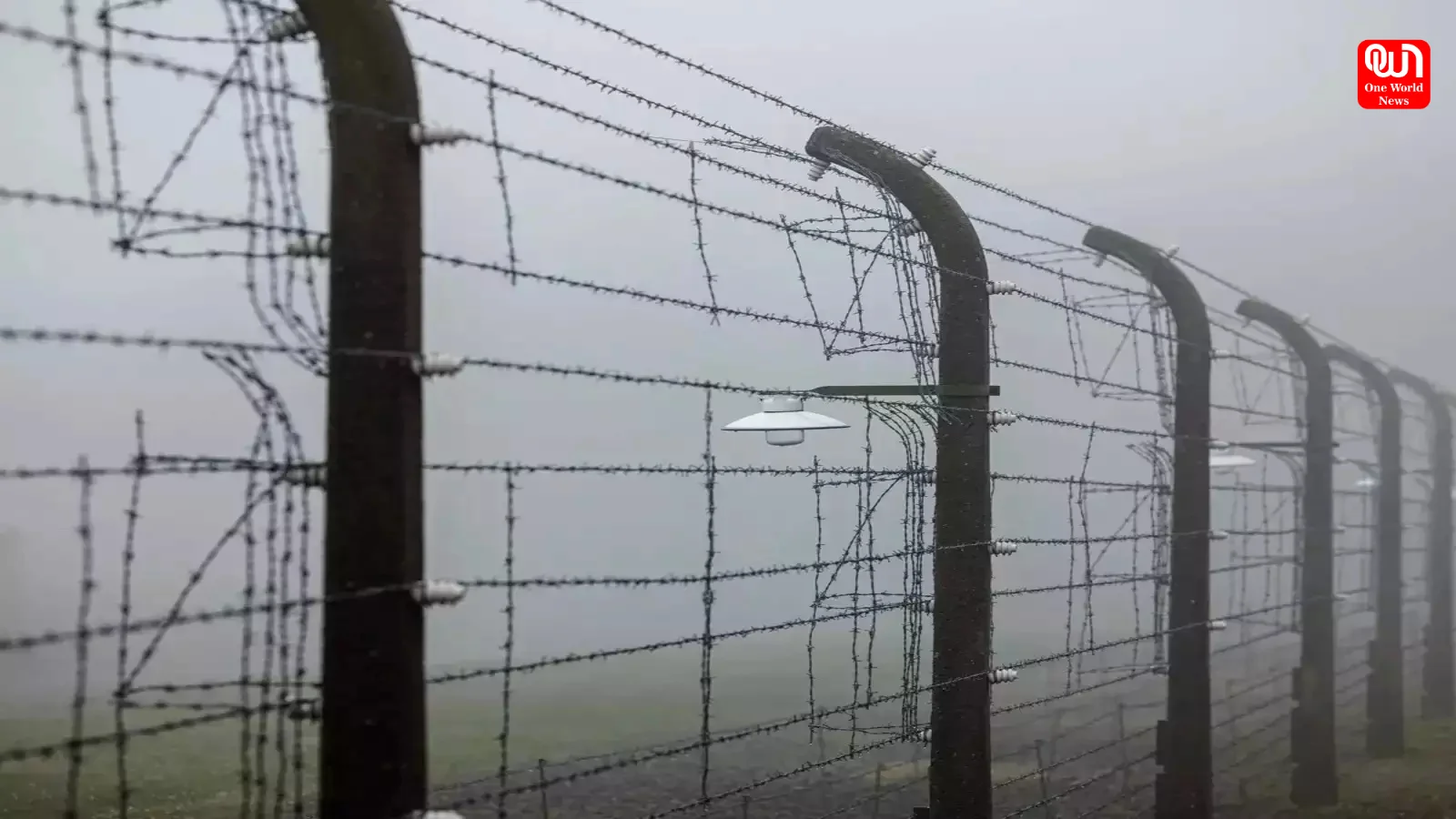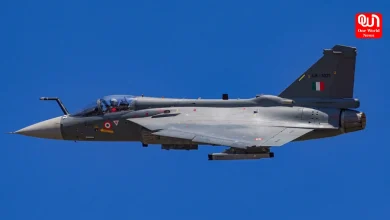Modi Government Embarks on Largest Fencing Initiative Along Myanmar Border
India initiates its largest fencing project on the Myanmar border, covering 83 km in Arunachal Pradesh, to address security and illegal immigration.
India Launches Largest Border Fencing Project Along Myanmar Border: 83 km Stretch in Arunachal Pradesh to Enhance Security
The Indian government, led by Prime Minister Narendra Modi, has launched its most ambitious border security project so far along the India-Myanmar frontier. This new project will install an 83-km fence in Arunachal Pradesh, which is going to be the largest single fencing project along this border.
The BRO has initiated preparations for this project with feasibility studies and DPRs. This new stretch will link BP 168 to BP 175, thereby significantly improving the security of an area that has long been notorious for porous borders. Only 10 km of fencing exists near Moreh in Manipur, while 20 km of fencing has just been completed in the same state. The planned 83-km segment in Arunachal Pradesh will be a significant milestone in securing the 1,643-km-long India-Myanmar border.
Strategic Significance of the Project
Arunachal Pradesh has the greatest border stretch of 520-km distance with Myanmar while Mizoram has 510 km with it, followed by Manipur at 398 km, and Nagaland at 215 km. The frontier has generally been left unfenced over centuries, which the police forces have found increasingly difficult to handle. Traffic in arms, drugs and human beings has been flourishing. Ethnically and societally, the state feels that influx from Myanmar of illegal peoples aggravated the problems. The Modi administration has recognized the need to build proper infrastructure to effectively tackle the issues.
Escalating ethnic violence in Manipur is giving the urgency to this project, in which more than 200 people have been killed in the last one year. It is partly attributed to the fact that this porous border has allowed illegal immigration and criminal activities. The Indian government, in response, recently rescinded the Free Movement Regime (FMR), which is a bilateral agreement that provides residents within 16 km of the border with a free movement regime between the two countries. The government has also given the nod to a detailed Rs 31,000-crore project that aims to fence the entire India-Myanmar border.
Read more: Enhanced Urban Mobility: Rithala-Kundli Corridor Set to Transform Delhi-Haryana Travel
Challenges and Opposition:
Despite the strategic value of the border, fencing has been opposed to by many groups. A section of tribal organizations like the Indigenous Tribal Leaders’ Forum (ITLF) opposed the project in Manipur as it will disturb the long-existent cultural, social, and economic relationships between communities on opposite sides of the border. The Bharatiya Janata Party’s ally party, the Naga People’s Front (NPF) also voiced their opposition to it in the Naga-dominated areas, dreading it might strain local relationship.
However, the government still intends to go ahead with the construction. It believes the fencing is an essential step in controlling activities that are not utterly justified, securing the borderline, and solving the region’s demographic and security issues.
Way Forward
The BRO has been directed to accelerate the DPRs and pre-construction work of the project in Arunachal Pradesh. It has also sought acceleration in efforts from state governments of Manipur and Arunachal Pradesh in taking up similar fencing works. When completed, the 83-km stretch will set a trend for other similar projects on the India-Myanmar border.
Read more: Maharashtra Politics: Devendra Fadnavis Breaks Down Dynamics Between Shinde and Ajit Pawar
While addressing all the challenges related to security, ensuring the project has local political support is important in such challenging times. Engagements with locals, compensation with proper measures for the relocation of these communities, regulated crossborder cultural interaction checkposts should help balance the socio-economic issue with their security needs.
This project, coming at a time when India has accepted all challenges—both internal and external—to safeguard its borders, indeed presents an opportunity to transform border management in the region and open up new opportunities for stability and development in the northeast.
We’re now on WhatsApp. Click to join.
Like this post?
Register at One World News to never miss out on videos, celeb interviews, and best reads.








